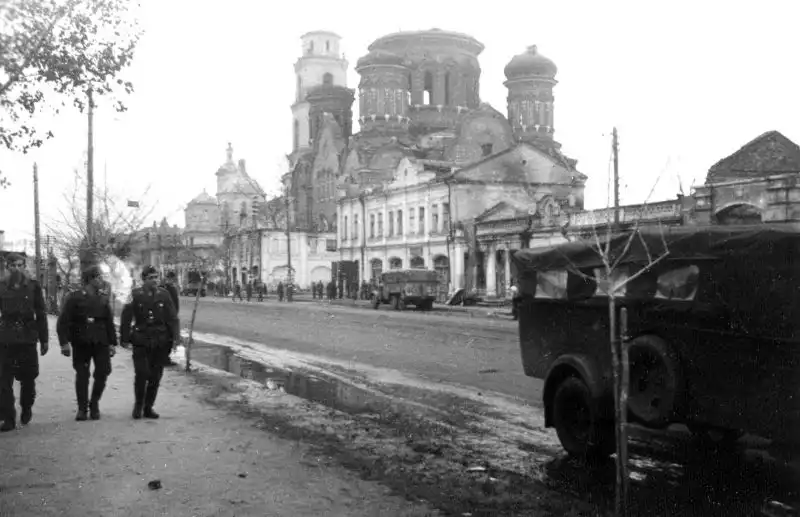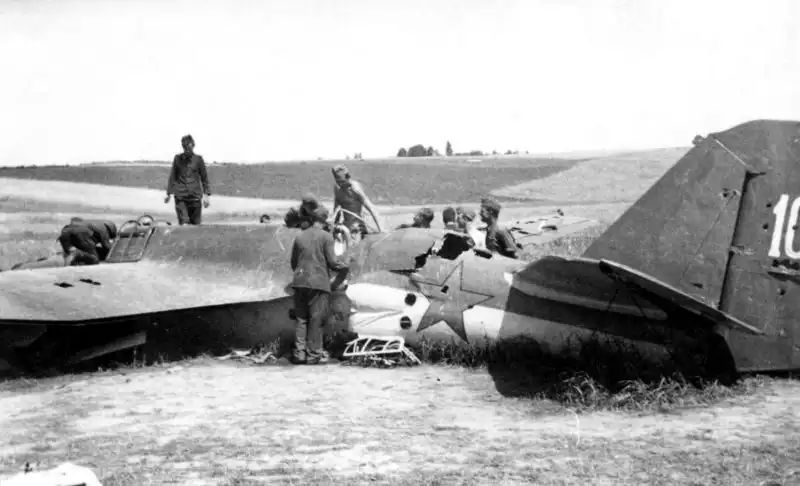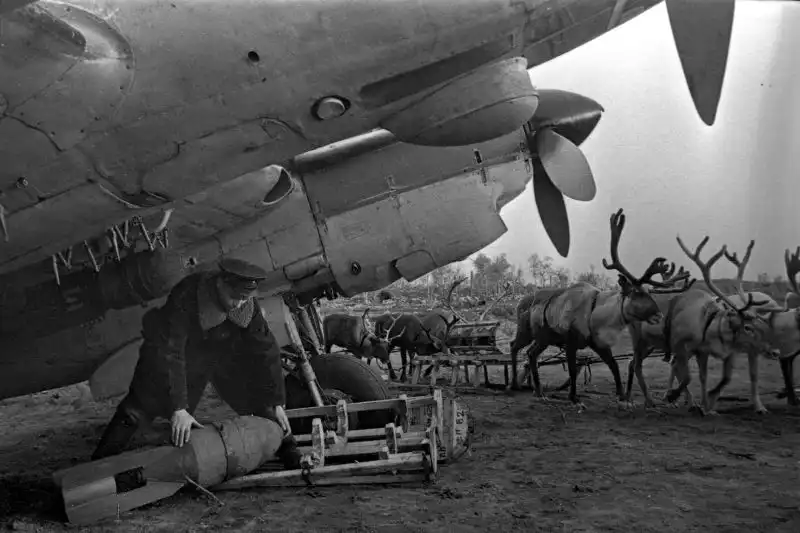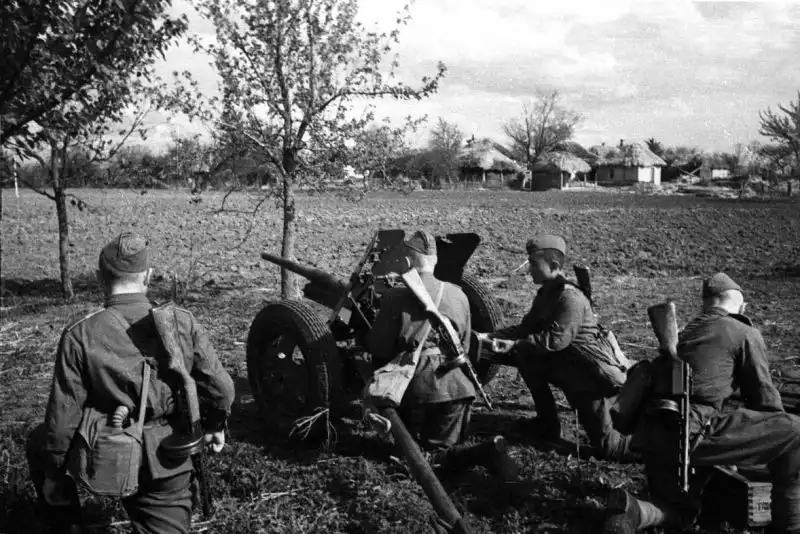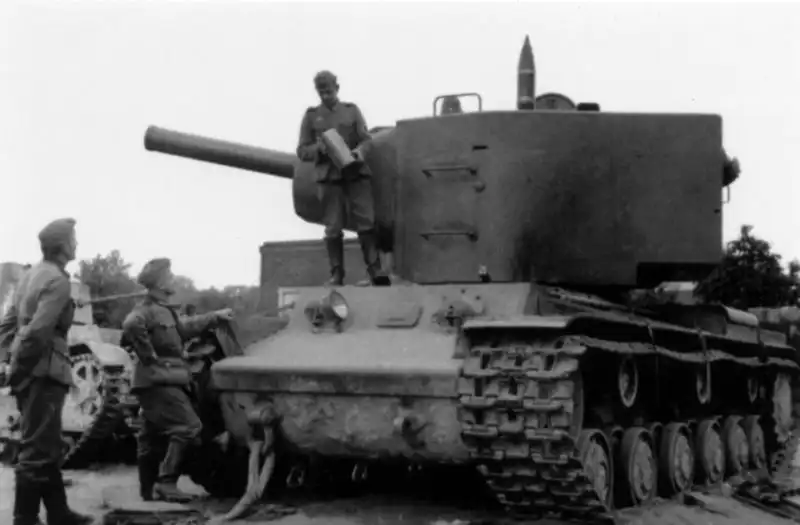Soviet Sacrifice: Fallen Mortar Crew Beside Their 50mm Model 1938
June 8, 2025 - Reading time: 5 minutes
Fallen Soviet 50-mm mortar crew in a forward defensive position.
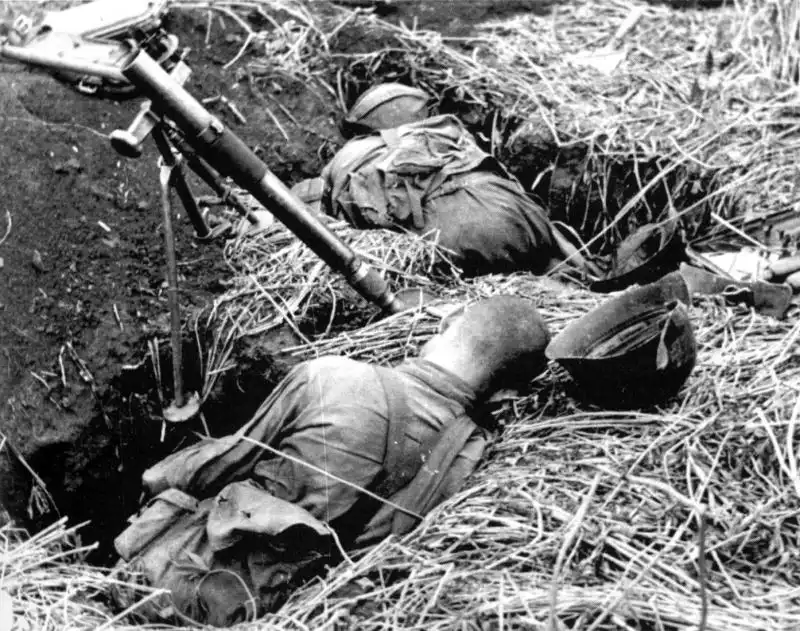
A powerful and tragic photo from the early phase of the Eastern Front — most likely summer or autumn of 1941. On the ground lies the entire crew of a Soviet 50-mm infantry mortar, model 1938, killed during a desperate defensive action. Their positions and the layout of the scene tell a lot even without captions: this was close combat, brutal and swift. A fight to stop the enemy with everything they had.
The mortar itself — a 50-mm model 1938 — has shifted sideways, likely from recoil or the collapse of the crew during action. Its design features are clearly visible: a smooth barrel with a leather sleeve in the middle to protect the gunner’s hand from burns, a distinctive distance adjustment cylinder near the base, and an oval baseplate peeking out from the grass. The bipod's legs rest on metal stops, and the traverse wheel is visible near the crossbar.
Due to the angle, one might mistake the sunken elevation crank for a third leg — but in fact, the entire mortar is tilted because the gunner collapsed onto it mid-firing. The barrel is elevated at about 75 degrees, which matches the settings for firing at minimal distances — around 200 to 450 meters. This was close-range urban or forest combat, not open-field artillery exchange. And that meant death was sudden, loud, and face-to-face.
To the right of the mortar lies the gunner, and to the left — his assistant. Both men killed instantly. Their rifles or sidearms are not in view — they likely had no time to use them.
Beside the assistant’s head rests a flipped-over Soviet SSh-36 steel helmet ("Khalkhingolka") — easily recognizable by its prominent side flares, which make it distinct from the German Helm Ausf. 36. The chinstrap with sliding buckle drapes over the visor. Inside the shell, the leather liner is visible, worn down, dirty, but still doing its job to protect a soldier who would never move again.
Around the mortar lie scattered items — possibly parts of the transport harness. Nothing fancy. Just what they carried on their backs as they tried to stop a war machine with flesh, courage, and a few kilograms of steel and explosives.
From the lack of shoulder boards on their uniforms, the use of SSh-36 helmets, and the model of the mortar, the photo can be confidently dated to the first year of the German invasion — likely between August 1941 and mid-1942.
📷 Technical photo data:
📸 Photographer: Unknown (Soviet or German war correspondent)
📅 Date: August 1941–1942
📍 Location: USSR
-
"Soviet mortar crew casualties WWII"
-
"50mm Model 1938 photos"
-
"Eastern Front Soviet fallen troops"
Tags
Category
Search
Categories
- Unidentified WWII Photos (12)
- World War II Photos 1937 (1)
- World War II Photos 1938 (1)
- World War II Photos 1939 (3)
- World War II Photos 1940 (5)
- World War II Photos 1941 (98)
- World War II Photos 1942 (54)
- World War II Photos 1943 (48)
- World War II Photos 1944 (76)
- World War II Photos 1945 (40)
- WWII and Postwar Photos 1946 (1)

